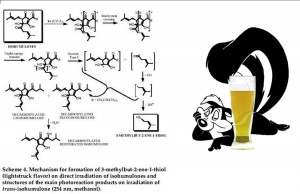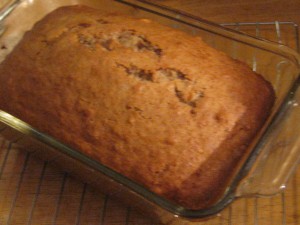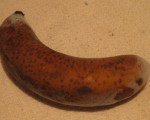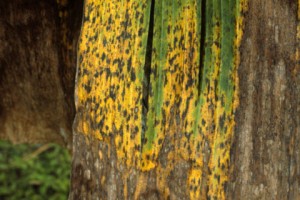In our last Beer Lingo post we covered some basic confusing terms that describe a beer’s style and how it’s made. In today’s educational edition of Just Add Beer, we’ll look at terms that specifically describe a beer’s taste.
Before the beer even hits your tongue, you get an idea of the taste through the smell. In beer lingo it’s the nose. I learned this from a bartender who kept referencing the banana nose of hefeweizens, which of course, made me giggle. The smell reinforced the beer’s fruity taste and now I can’t drink a hefe without imagining the a yellow hook of that fruit sticking out of one those tall, thin glasses. Is that a banana nose I smell or are you just happy to see me?
A word that’s tossed around a lot lately is hoppy. It is used a lot because IPAs are hoppy and also sooper dooper popular. It’s used so often, in fact, I’m afraid it will go the way of ironic, as in, “Isn’t it ironic that hoppy is used to mean bitter?” No, no it isn’t. Hoppy actually refers to the flowery, aromatic taste and smell released from the hop flower; it has nothing to do with the bitter flavor you can feel on the back of your tongue — that’s just bitterness. That twang of bitter is what is measured in International Bitterness Units, as in, “That beer has the same IBU as my high school algebra teacher.” Continue reading




